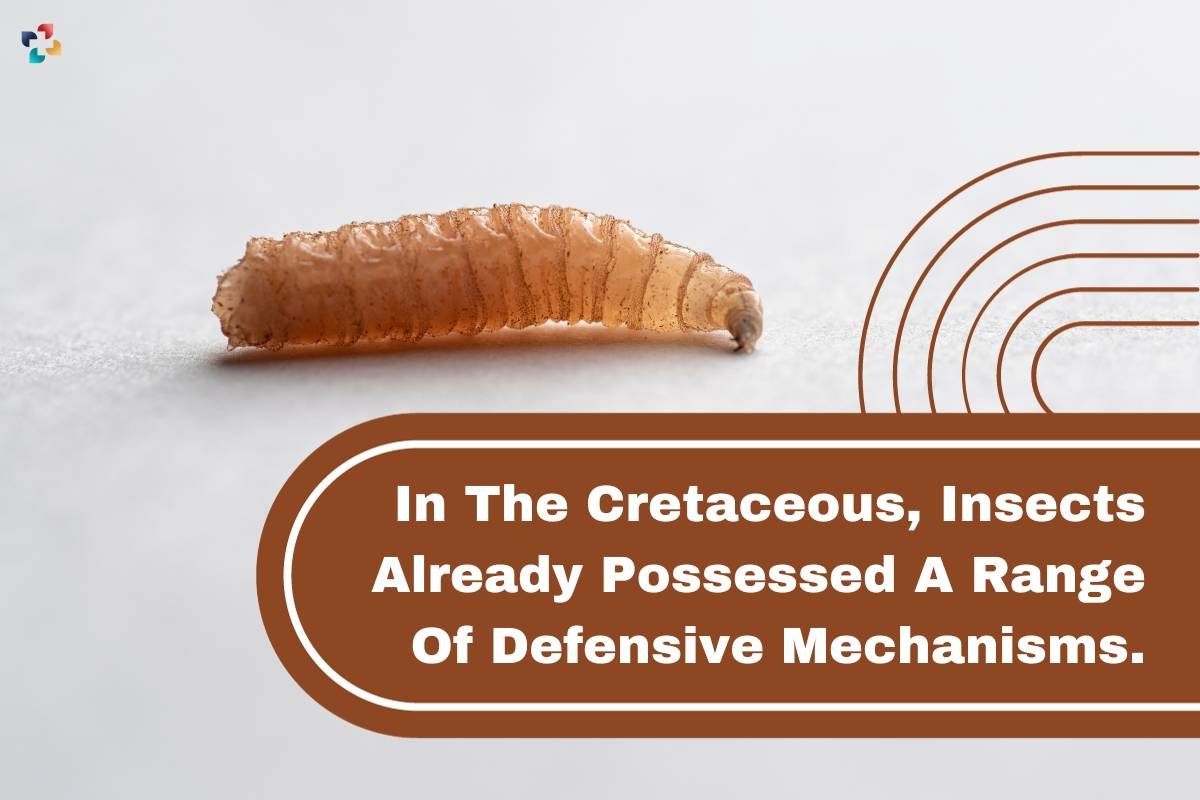Amber analyses reveal that, even 100 million years ago, insect larvae were employing a diverse range of strategies to fend off potential predators.
Insects’ early life stages serve crucial roles in our ecosystems.
They break down wood and dead bodies to create soil and reintroduce different components into the material cycle.
Last but not least, a lot of larger species like birds and mammals rely heavily on them for sustenance.
As a result, numerous insect larvae have created defense mechanisms and structures to lessen the likelihood that they would be eaten.
These include hairs and spines, as well as concealment and camouflage.
Numerous such adaption techniques have evolved over millions of years.
Through the study of exceptionally well-preserved fossils from Burmese amber, scientists from LMU, and the universities of Greifswald and Rostock, have been able to show that these kinds of anti-predator mechanisms had already evolved in very diverse forms in insect larvae during the Cretaceous period 100 million years ago.
10 Psychological Defense Mechanisms
This includes well-known tactics like the ruse of replicating the appearance of specific plant components, or the way lacewing larvae conceal themselves by carrying a variety of plant and animal materials on their backs.
Lead author of the paper and zoologist at the Faculty of Biology Professor Carolin Haug says, “A particularly spectacular example is by far the oldest larva of a scorpionfly to have been discovered, which is the second fossil ever found to have special hairs on its back for attaching camouflage material.” “Also, I could mention sawfly larvae that lived in leaves and created tunnels in them as they ate their way through the thin layer of the leaf interior.” Overall, the research—which was published in the journal iScience—demonstrates that insect larvae have been using a wide range of defense mechanisms against predators for at least 100 million years.
“Observing the diversity of the past and the emergence and disappearance of various morphologies helps us better understand these processes, which is particularly important in view of the ongoing biodiversity crisis,” Haug states.
Also Read: Scorpion Stings: Myths and Facts







